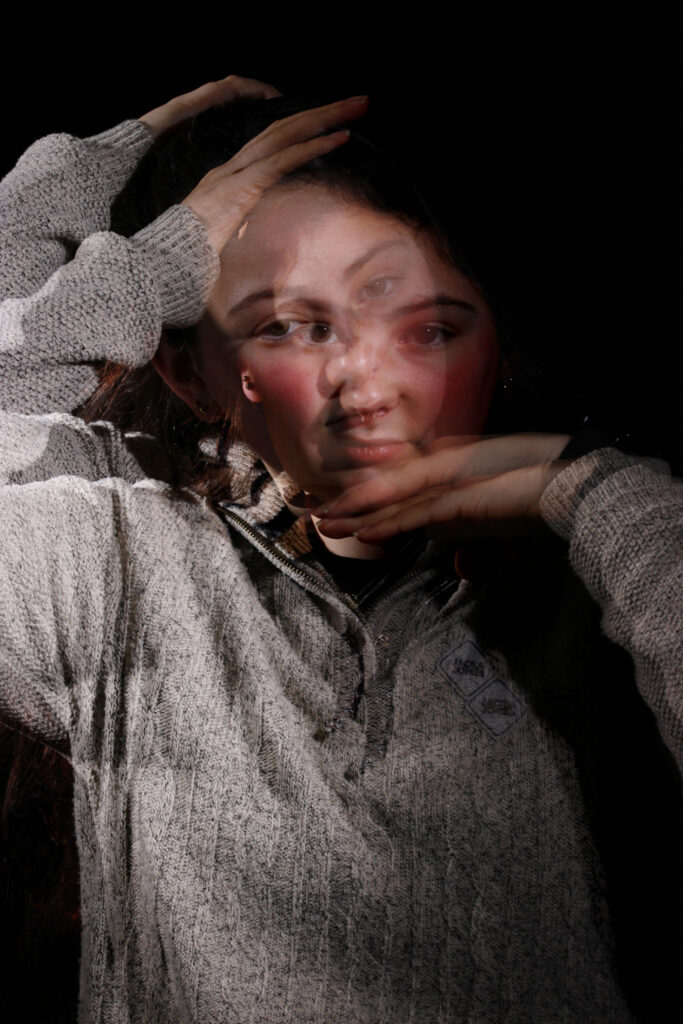
Double/Multi exposures are made by creating and layering photographs on top of each other. It can be created throughout the use of Photoshop and in the camera settings (making and experimenting with layers). The “Blending Options2 and “Opacity Control” can be used too. It can create a surreal feeling for the photographs and it two photographs collided can convey deeper “meaning or symbolism” (like a story).
+
Double exposure has been used since the 1860s. In the 1860s it was a significant business boost. “they discovered how to make a portrait subject appear twice in a frame as if they had an identical twin. In each of the pictures, the individual was striking a different pose.” In order to take those now-vintage images, the photographer would snap a picture of the subject in one position. Afterwards, they’d direct themselves in a different pose. A rotating lens caps and special plates were also part of the process. The result ends up looking in a surreal approach to early photographs. The images today through the use of double exposure can be manipulated in a way to look distorted in the viewers perspective.
John Deakin (British Photographer) is known for his portraiture however Deakin has produced some fantastic images with this technique. The video below shows “explores his artistic development from the 1930s into the more recent years…
Contact Sheet for my headshots:



Photographer Andrés Gallardo Albajar takes “double, long and triple exposure photographs in few different locations”. Many artists and photographers use double and long exposure photography to “convey emotional insight, show a progression of movement or relate a change in time”.

For Andres, he does not document he editing’s and experimentation with the use of double exposure and the backstory for how he got the results he got. I think it explains for itself and that Andres did not find it quite difficult to come up with the result as the description is very limited.
Experimentation with Photoshop:




